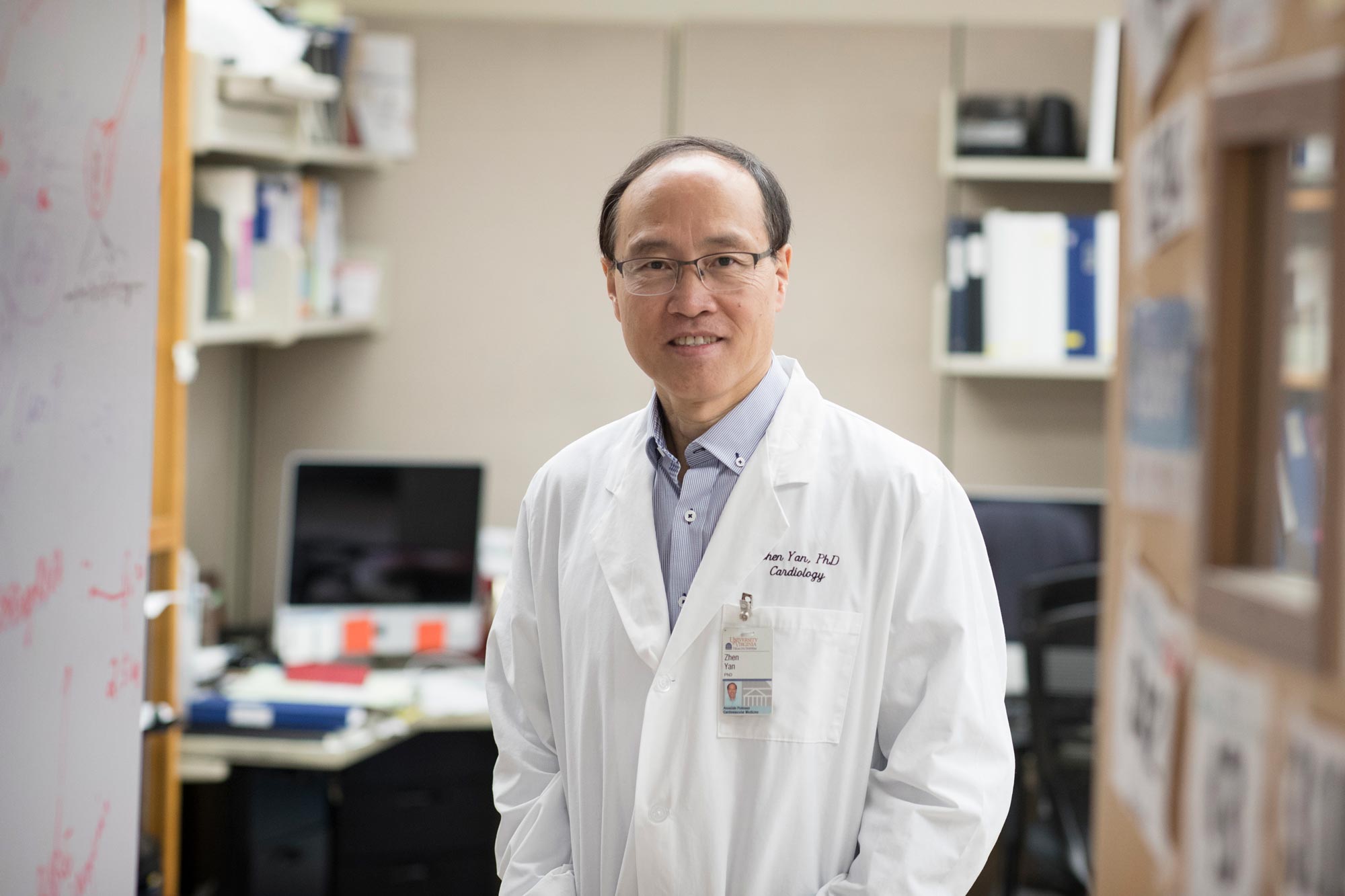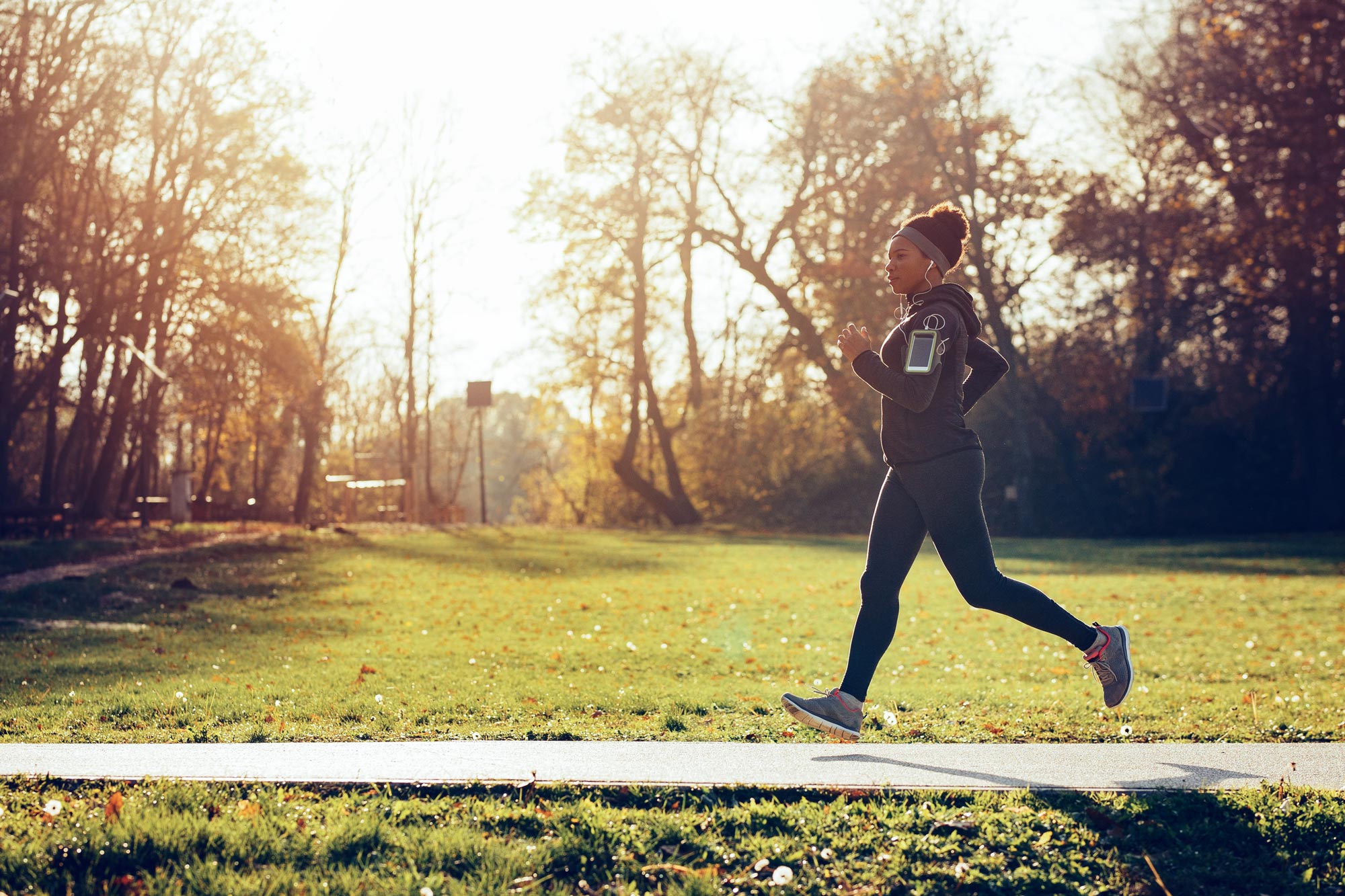Regular exercise may reduce the risk of acute respiratory distress syndrome, a major cause of death in patients with the COVID-19 virus, a top exercise researcher reports. He is urging people to exercise based on his findings, which also suggest a potential treatment approach.
A review by Zhen Yan of the University of Virginia School of Medicine showed that medical research findings “strongly support” the possibility that exercise can prevent or at least reduce the severity of ARDS, which affects between 3% and 17% of all patients with COVID-19. Based on available information, the federal Centers for Disease Control and Prevention estimates 20% to 42% of patients hospitalized for COVID-19 will develop ARDS. The range for patients admitted to intensive care is estimated at 67% to 85%.
Research conducted prior to the pandemic suggested that approximately 45% of patients who develop severe ARDS will die.
“All you hear now is either social distancing or ventilator, as if all we can do is either avoid exposure or rely on a ventilator to survive if we get infected,” Yan said. “The flip side of the story is that approximately 80% of confirmed COVID-19 patients have mild symptoms with no need of respiratory support. The question is, ‘Why?’ Our findings about an endogenous antioxidant enzyme provide important clues and have intrigued us to develop a novel therapeutic for ARDS caused by COVID-19.”
Powerful Antioxidant
Yan, the director of the Center for Skeletal Muscle Research at UVA’s Robert M. Berne Cardiovascular Research Center, compiled an in-depth review of existing medical research, including his own, looking at an antioxidant known as extracellular superoxide dismutase, or EcSOD. This potent antioxidant hunts down harmful free radicals, protecting our tissues and helping to prevent disease. Our muscles naturally make EcSOD, secreting it into the circulation to allow binding to other vital organs, but its production is enhanced by cardiovascular exercise.

A review by UVA’s Zhen Yan showed that medical research findings “strongly support” the possibility that exercise can prevent or at least reduce the severity of ARDS. (Photo by Dan Addison, University Communications)
A decrease in the antioxidant is seen in several diseases, including acute lung disease, ischemic heart disease and kidney failure, Yan’s review shows. Lab research in mice suggests that blocking its production worsens heart problems, while increasing it has a beneficial effect. A decrease in EcSOD is also associated with chronic conditions such as osteoarthritis.
Research suggests that even a single session of exercise increases production of the antioxidant, prompting Yan to urge people to find ways to exercise even while maintaining social distancing.
“We cannot live in isolation forever,” he said. “Regular exercise has far more health benefits than we know. The protection against this severe respiratory disease condition is just one of the many examples.”
Potential Treatments
Yan’s review also suggests EcSOD as a potential treatment for ARDS and many other health conditions. Gene therapy, for example, might one day be used to increase production of the antioxidant so that its protective presence in the lungs is enhanced in patients battling COVID-19.
Research has also shown that lab rats with chronic kidney disease had less kidney damage when treated with human EcSOD. The antioxidant is already being proposed as a potential therapeutic for diabetic retinopathy, a complication of diabetes that can lead to blindness.
Further, EcSOD also may prove beneficial against multi-organ dysfunction syndrome, in which multiple organs begin to fail. Efforts to treat the condition with general antioxidants have been unsuccessful, but Yan suggests that understanding EcSOD’s workings may let doctors use it in a more targeted – and hopefully more effective – fashion.
“We often say that exercise is medicine. EcSOD set a perfect example that we can learn from the biological process of exercise to advance medicine,” Yan said. “While we strive to learn more about the mysteries about the superb benefits of regular exercise, we do not have to wait until we know everything.”
Findings Published
Yan, of UVA’s Departments of Medicine, Pharmacology and Molecular Physiology and Biological Physics, conducted his review in collaboration with Hannah R. Spaulding, a postdoctoral researcher at UVA. They have published their review in the scientific journal Redox Biology.
The research was supported by the National Institutes of Health, grants R01-GM109473 and T32 HL007284-43.
To keep up with the latest medical research news from UVA, subscribe to the Making of Medicine blog.
Media Contact
Article Information
April 15, 2020
/content/exercise-may-protect-against-deadly-covid-19-complication-research-suggests

